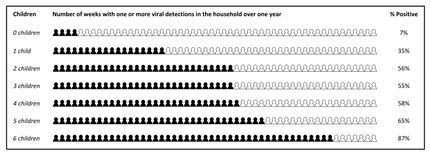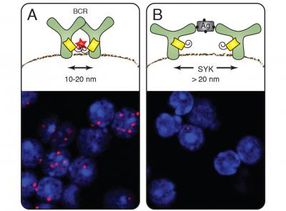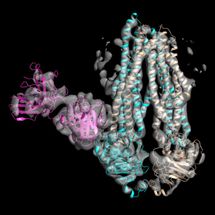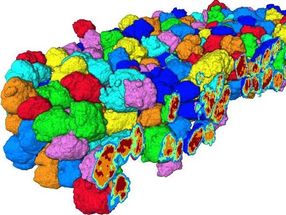Novel compound found effective against avian influenza virus
Advertisement
A novel compound is highly effective against the pathogenic H5N1 avian influenza virus, including some drug-resistant strains, according to new research led by a University of Wisconsin-Madison virologist. The work, published in the Public Library of Science journal PLoS Pathogens, suggests that the compound CS-8958 is a promising alternative antiviral for prevention and treatment of bird flu.
Antiviral drugs are a primary countermeasure against human influenza viruses, including the highly pathogenic H5N1 avian influenza virus, which causes bird flu. Emerging strains resistant to existing drugs, particularly oseltamivir (Tamiflu), pose a threat and make the development of alternate antivirals a pressing public health issue, says Yoshihiro Kawaoka, a professor of pathobiological sciences at the UW-Madison School of Veterinary Medicine and senior author of the new study. Kawaoka and a group of researchers from Japan, Vietnam, and Indonesia tested a novel neuraminidase inhibitor R-125489 and its prodrug CS-8958, which had previously shown potent activity against seasonal influenza viruses in laboratory animals.
Working with mice, the researchers found that a single intranasal dose of CS-8958 given two hours after infection with H5N1 influenza virus resulted in a higher survival rate and lower virus levels than a standard five-day course of oseltamivir. CS-8958 was also effective against highly pathogenic and oseltamivir-resistant strains of H5N1 virus. In addition to its therapeutic use, CS-8958 also protected mice against lethal H5N1 infection when given seven days before infection with the virus.
"This compound requires only a single administration for both treatment and prophylaxis. Such prophylaxis would be highly desirable for seasonal influenza as well as a potential pandemic situation," says Kawaoka. Although follow-up studies will be needed to confirm the applicability of the findings to humans, "CS-8958 is highly effective for the treatment and prophylaxis of infection with H5N1 influenza viruses, including oseltamivir-resistant mutants," the authors conclude.
Most read news
Topics
Organizations
Other news from the department science

Get the life science industry in your inbox
By submitting this form you agree that LUMITOS AG will send you the newsletter(s) selected above by email. Your data will not be passed on to third parties. Your data will be stored and processed in accordance with our data protection regulations. LUMITOS may contact you by email for the purpose of advertising or market and opinion surveys. You can revoke your consent at any time without giving reasons to LUMITOS AG, Ernst-Augustin-Str. 2, 12489 Berlin, Germany or by e-mail at revoke@lumitos.com with effect for the future. In addition, each email contains a link to unsubscribe from the corresponding newsletter.





















































